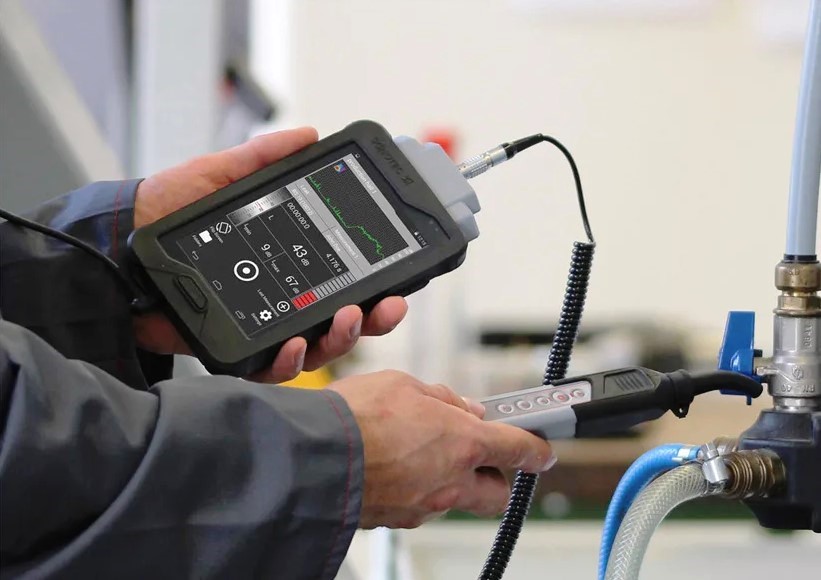
There are several leak detection technologies commonly used in various industries.
These technologies are used depending on the specific requirements of the industry, the type of material being transported or stored, and the desired level of sensitivity, accuracy, and real-time monitoring. Different combinations of these techniques can also be employed to enhance leak detection capabilities in critical applications.
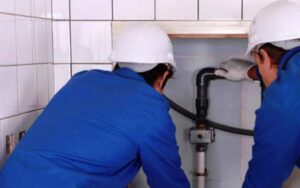
Visual inspection is a straightforward and widely used method for detecting leaks or signs of damage in various systems, equipment, or structures. It involves visually examining the components, surfaces, or areas of interest to identify any visible indications of leaks or potential leakage points.
Visual inspection is a fundamental and initial step in leak detection, as it can quickly identify obvious signs of leakage or damage. However, it may not be sufficient for detecting smaller or hidden leaks that are not immediately visible. In such cases, complementary leak detection technologies like pressure testing, ultrasonic testing, or tracer gas detection may be employed to enhance the leak detection process.
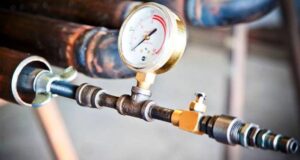
Pressure testing is a widely used method for detecting leaks and assessing the integrity of pressure vessels, pipelines, and other systems that operate under pressure. It involves subjecting the system or component to increased pressure and monitoring for any pressure drops, which can indicate the presence of leaks.
Pressure testing can be performed during the installation of new systems, as part of routine maintenance, or after repairs or modifications. It helps ensure the safety and reliability of pressurized systems by detecting leaks that could lead to equipment failure, environmental hazards, or potential accidents.

Ultrasonic testing is a non-destructive testing (NDT) method that utilizes high-frequency sound waves to detect and characterize defects, anomalies, or leaks in materials or structures. It is commonly used in various industries, including manufacturing, construction, and maintenance.
Ultrasonic testing is a versatile and widely used technique for leak detection, flaw detection, thickness measurement, and other non-destructive testing applications. It provides valuable information about the condition and integrity of materials and helps prevent failures and ensure the safety of various structures and equipment.

Gas detection systems are designed to monitor and detect the presence of hazardous gases in various environments, such as industrial facilities, laboratories, mines, oil and gas installations, and confined spaces. These systems play a crucial role in ensuring the safety of personnel and preventing potential accidents or health hazards.
Gas detection systems are crucial for early warning and prompt response to gas leaks or hazardous gas concentrations. They help protect workers, prevent accidents, and mitigate the risks associated with toxic, flammable, or asphyxiant gases in various industrial and occupational settings.
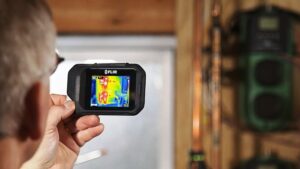
Infrared thermography, also known as thermal imaging, is a non-contact technology used to capture and visualize thermal energy emitted by objects or surfaces. It is commonly employed in various industries for leak detection, equipment inspections, energy audits, and preventive maintenance.
Infrared thermography offers the advantage of non-contact and non-destructive inspection, enabling quick and efficient detection of temperature variations and potential problems. It helps to identify hidden issues, improve safety, optimize energy usage, and enhance maintenance practices across various industries.
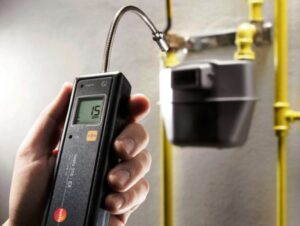
Tracer gas detection is a technique used to locate and identify leaks in various systems or equipment by introducing a detectable gas into the system and then detecting its presence or concentration at specific points. Tracer gases are gases that are safe to use, easy to detect, and non-reactive with the system being tested.
Tracer gas detection is commonly employed in industries such as oil and gas, HVAC, aerospace, and industrial manufacturing. It offers an effective method for locating and identifying leaks, enabling timely repairs and maintenance to ensure system integrity and safety.
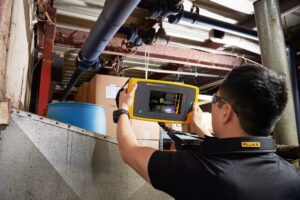
Acoustic monitoring, also known as acoustic leak detection or acoustic emission testing, is a technique used to detect and locate leaks or anomalies in various systems by analyzing the sound waves or vibrations generated by the leaking fluid or gas. It relies on specialized sensors or microphones to capture and analyze acoustic signals.
Acoustic monitoring provides an additional tool for early leak detection and can be integrated into comprehensive leak detection systems or used as a standalone method. It offers the advantage of quick detection and localization of leaks, enabling prompt response and maintenance to prevent further damage or hazards.

Fiber optic sensing is a technology that utilizes optical fibers as sensors to measure various physical parameters, including temperature, strain, pressure, and vibration. It offers several advantages over traditional sensing methods, such as long-distance sensing capabilities, immunity to electromagnetic interference, and distributed sensing along the entire length of the fiber.
Fiber optic sensing technology is continuously evolving and finding new applications across various industries. Its unique capabilities, such as distributed sensing and immunity to electromagnetic interference, make it a powerful tool for precise and reliable monitoring of physical parameters in diverse environments.
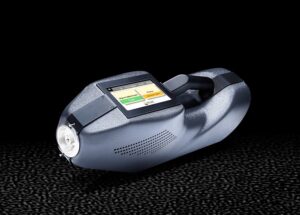
Vapor sensing technology refers to the use of specialized sensors or detectors to detect and monitor the presence of volatile organic compounds (VOCs) or other specific gases in the air. It plays a crucial role in various applications, including industrial processes, environmental monitoring, indoor air quality assessment, and safety systems.
Vapor sensing technology provides valuable information about the presence and concentration of gasses, enabling proactive measures to mitigate risks, protect human health, and maintain environmental standards in a range of applications.
| M | T | W | T | F | S | S |
|---|---|---|---|---|---|---|
| 1 | 2 | 3 | 4 | 5 | 6 | 7 |
| 8 | 9 | 10 | 11 | 12 | 13 | 14 |
| 15 | 16 | 17 | 18 | 19 | 20 | 21 |
| 22 | 23 | 24 | 25 | 26 | 27 | 28 |
| 29 | 30 | 31 | ||||

